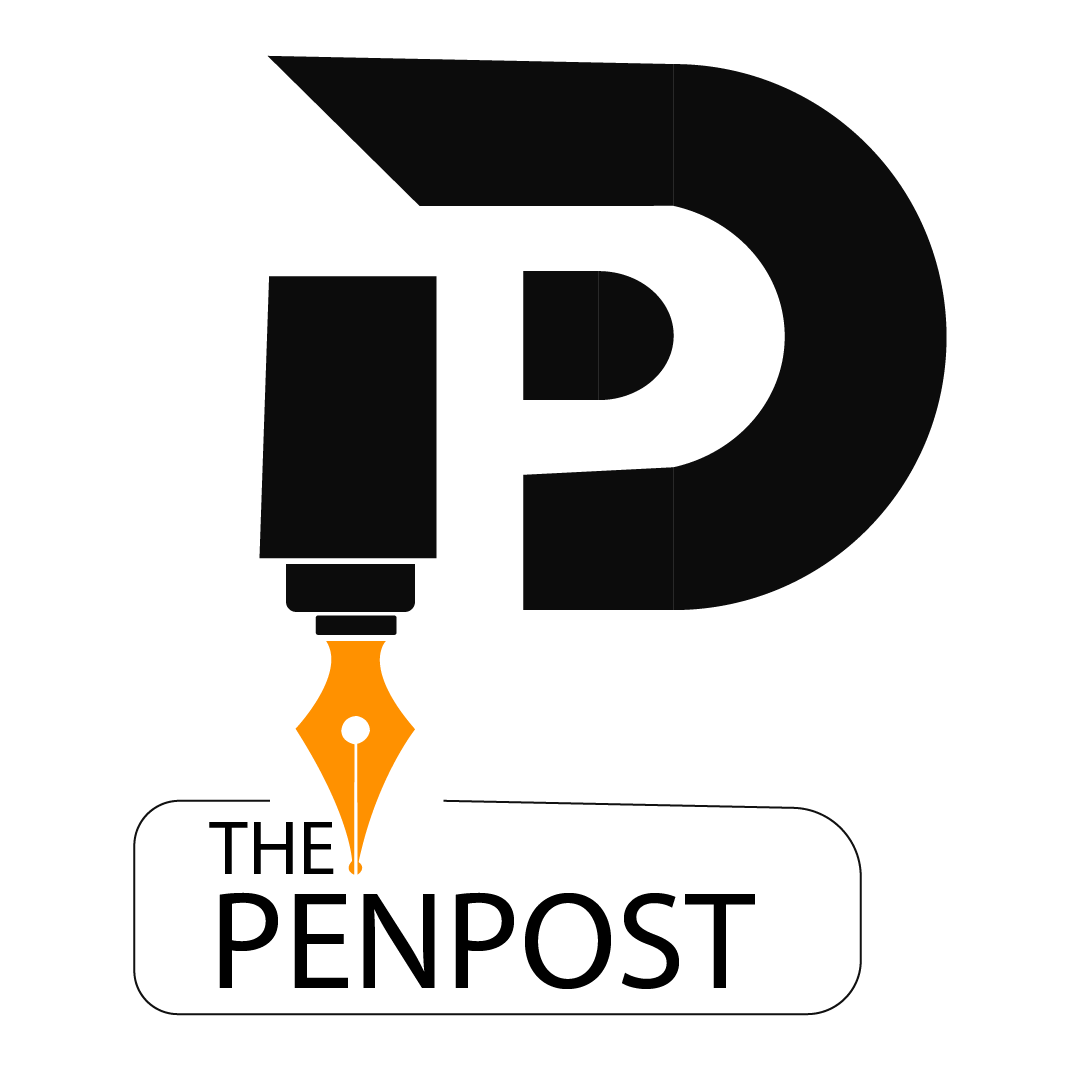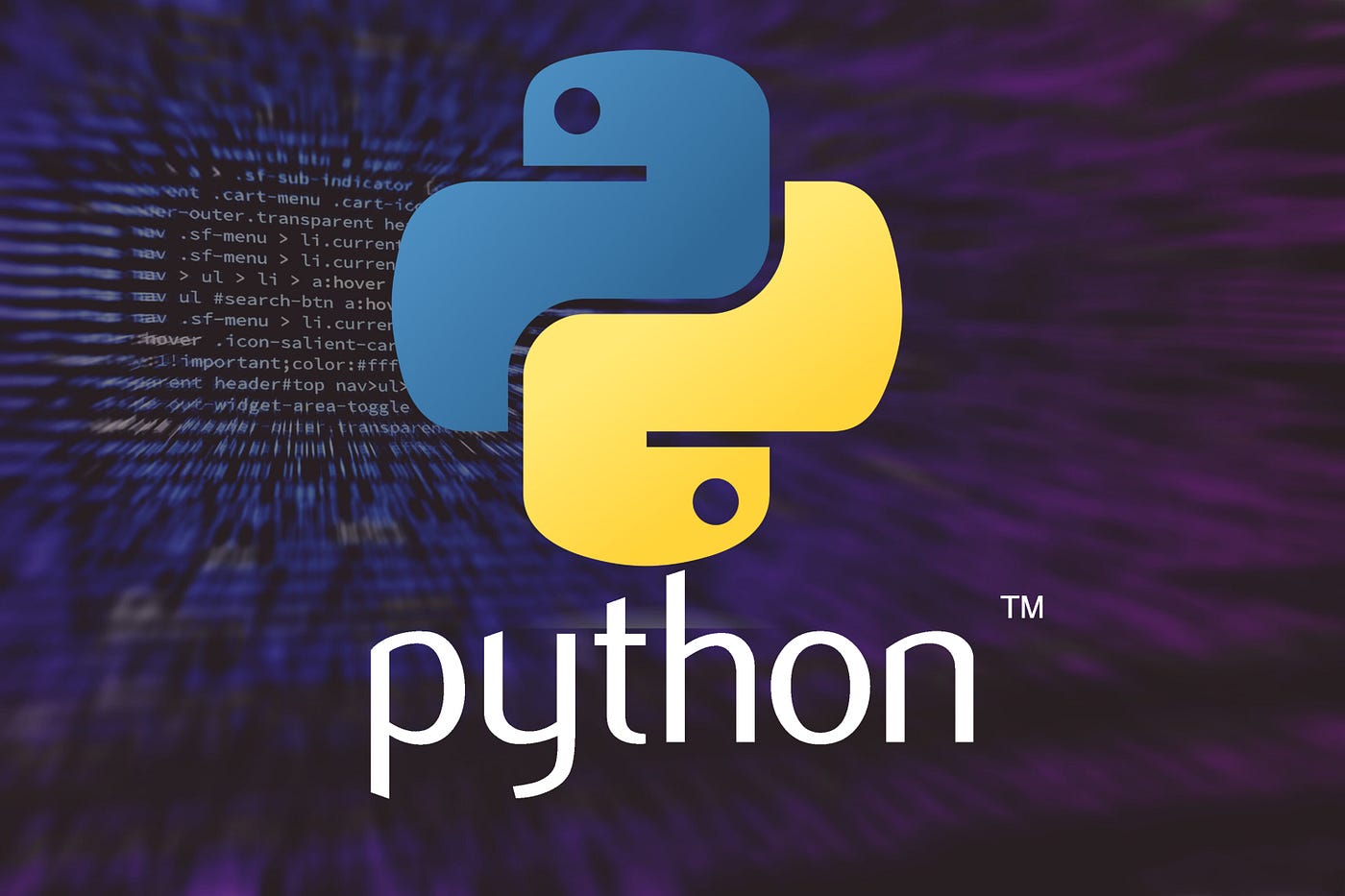Python Programming Language Tutorial: Learn Python in 2025
Python is one of the most widely used programming languages in 2025. Its simplicity, readability, and versatility make it ideal for beginners and professionals alike. From web development to AI, Python powers a wide range of applications.
Why Learn Python Programming Language?
Python stands out among programming languages because it:
- Is easy to learn: Simple syntax that reads like English.
- Boosts productivity: Requires fewer lines of code than Java or C++.
- Supports multiple domains: Web development, AI, machine learning, data analysis, automation, and more.
- Has strong library support: Frameworks like Django, Flask, Pandas, and TensorFlow simplify development.
- Offers job opportunities: Companies like Google, Netflix, and NASA actively hire Python developers.
- Cross-platform: Works on Windows, macOS, and Linux without major changes.
Your First Python Programming Language
Let’s start with a simple program that prints a message:
print("Hello, Python!")
Output:
Hello, Python!
Try changing the text inside the quotes to print your name or a message.
Python Basics
Before diving deeper, you need to understand Python fundamentals:
1. Variables and Data Types
Variables store data, which can be numbers, text, or more complex types.
name = "Alice"
age = 25
is_student = True
2. Input and Output
Get input from the user and display output:
name = input("Enter your name: ")
print(f"Hello, {name}!")
3. Operators
Python supports arithmetic, comparison, and logical operators:
x = 10
y = 5
print(x + y) # Addition
print(x > y) # Comparison
print(x and y) # Logical
4. Conditional Statements and Loops
# If-Else
if x > y:
print("x is greater")
else:
print("y is greater")
# Loop
for i in range(5):
print(i)
Python Functions
Functions allow you to reuse code efficiently.
def greet(name):
return f"Hello, {name}!"
print(greet("Alice"))
Advanced topics include:
- Lambda functions
- *args and **kwargs
- Recursion
- Decorators
- Map, Filter, and Reduce
Python Data Structures
- List: Ordered collection of items
- Tuple: Immutable sequence
- Set: Unordered collection of unique items
- Dictionary: Key-value pairs
fruits = ["apple", "banana", "cherry"]
person = {"name": "Alice", "age": 25}
Python also offers collections module for advanced structures like Counter, deque, and OrderedDict.
Object-Oriented Programming (OOP) in Python
Python supports OOP concepts for modular and reusable code:
- Classes and Objects
- Inheritance and Polymorphism
- Encapsulation and Abstraction
- Iterators and Generators
class Person:
def __init__(self, name, age):
self.name = name
self.age = age
def greet(self):
print(f"Hello, I am {self.name}")
p1 = Person("Alice", 25)
p1.greet()
Exception Handling
Python handles errors gracefully using try, except, and finally.
try:
x = 10 / 0
except ZeroDivisionError:
print("Cannot divide by zero!")
finally:
print("Execution complete.")
File Handling
Python can read and write files easily:
# Writing to a file
with open("data.txt", "w") as file:
file.write("Hello, Python!")
# Reading from a file
with open("data.txt", "r") as file:
print(file.read())
Working with Databases
Python can connect to SQL and NoSQL databases:
- MySQL: Use
mysql-connectororSQLAlchemy - MongoDB: Use
pymongolibrary
Python Libraries and Packages
- Web Development: Django, Flask
- Data Analysis: Pandas, NumPy
- Machine Learning: Scikit-learn, TensorFlow, Keras
- Visualization: Matplotlib, Seaborn
- Automation: Selenium, Beautiful Soup
Data Science and AI with Python
Python is the go-to language for data science and AI:
- Foundational Libraries: NumPy, Pandas, Matplotlib
- Statistical Analysis: Seaborn, Statsmodels
- Machine Learning: Scikit-learn, XGBoost, LightGBM
- Deep Learning: TensorFlow, PyTorch, Keras
Web Development with Python
Python frameworks allow you to build dynamic websites and APIs:
- Backend: Django, Flask
- Database Integration: SQLite, SQLAlchemy, Django ORM
- Templates: Jinja2 (Flask), Django Templates
- APIs: Flask-RESTful, Django REST Framework
Applications of Python
Python is used in:
- Web development and APIs
- Data science and analytics
- AI and machine learning
- Scripting and automation
- Web scraping
- Desktop apps and games
Practice and Learning Resources
- Quizzes: Variables, data types, loops, functions
- Coding Exercises: Lists, dictionaries, sets, and advanced structures
- Projects: Build web apps, ML models, automation scripts
Conclusion:
Python is beginner-friendly, versatile, and in-demand. Mastering Python opens doors to careers in web development, data science, AI, and software engineering.
FAQs – Python Programming
1. What is Python used for?
Python is used in web development, AI, machine learning, data analysis, automation, web scraping, and more.
2. Is Python easy for beginners?
Yes, Python’s simple syntax and readability make it one of the easiest languages to learn.
3. What are Python’s key features?
High-level, readable, cross-platform, versatile, and supported by extensive libraries.
4. Can I build web applications with Python?
Absolutely! Frameworks like Django and Flask make web development simple.
5. Which companies use Python?
Python is used by Google, Netflix, NASA, Instagram, Spotify, and many more.
6. Is Python good for data science and AI?
Yes, Python is the leading language for AI, machine learning, and data analytics.
7. Do I need to know OOP for Python?
While optional at first, OOP knowledge is crucial for building scalable and modular Python applications.
Programming Languages
Programming languages are essential tools that allow developers to communicate with computers and create software applications. From web development to artificial intelligence, different programming languages serve various purposes. Popular languages like Python, JavaScript, and Java are widely used for their versatility and ease of learning. Python, for instance, excels in data analysis and machine learning, while JavaScript dominates web development. Understanding multiple programming languages is key for aspiring developers, as each language has its unique strengths. Mastering these languages opens doors to a wide range of opportunities in the tech industry.
Python Multiline Comment
In Python programming, developers use multiline comments to document code over multiple lines, enhancing readability and organization. Unlike single-line comments, which use the # symbol, multiline comments are enclosed in triple quotes (''' or """). This method allows developers to write detailed explanations or notes without interrupting the code flow. Python multiline comments are especially useful for explaining complex logic or providing instructions within the code. Although Python does not have a dedicated multiline comment syntax, using triple quotes serves as an effective way to include extensive comments and keep code maintainable.
Mastering Excel Formulas for Efficiency
Excel formulas are essential tools for performing calculations, analyzing data, and automating tasks within spreadsheets. Common Excel formulas like SUM, AVERAGE, IF, and VLOOKUP allow users to handle large datasets with ease. By mastering these formulas, you can perform complex mathematical operations, logical comparisons, and data lookups, all while saving time. Excel formulas simplify data management and improve accuracy, making them a must-have skill for professionals in finance, business, and data analysis. Whether for basic calculations or advanced modeling, learning Excel formulas is key to boosting productivity and enhancing your spreadsheet efficiency.





